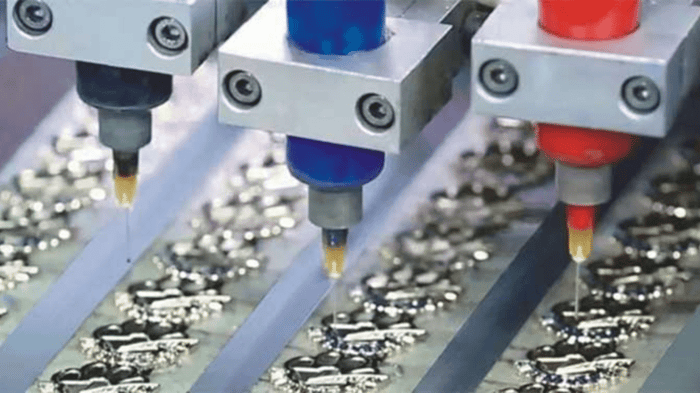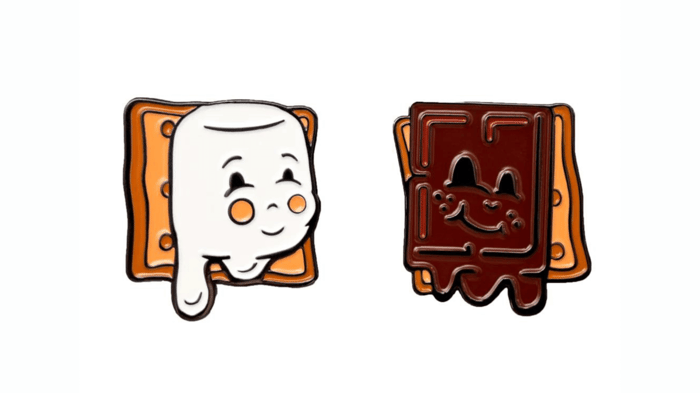Enamel pins are becoming increasingly popular as a form of self-expression, and the process of making them involves several steps, including design, molding, filling, baking, and polishing.
One of the most critical tools used in the enamel pin-making process is the machine used to create the mold. In this blog, we'll take a closer look at the different types of machines used in enamel pin production and how they play a role in the overall process.
Punching Machine
A punching machine is used to create the mold for the enamel pin. This machine uses a series of punches and dies to create the shape of the pin, cutting out the design and creating a deep, engraved impression. The punching machine is typically operated by a skilled operator, who will use a range of tools and techniques to ensure the mold is accurate and the design is perfectly replicated.
Stamping Machine
This machine is used to create the metal base for the pin, which is typically made from brass or iron. The metal is stamped into the desired shape and size, and the design is engraved into the metal using a die. This machine is also typically operated by a skilled operator, who will ensure that the metal base is perfectly cut and engraved to match the design of the mold.
Injection Molding Machine
After the metal base has been stamped, it is ready to be filled with enamel. This is typically done using an injection molding machine, which is used to fill the mold with the enamel material. The machine uses high pressure to fill the mold, ensuring that the enamel is evenly distributed and that the design is accurately replicated.
Baking oven
Once the enamel has been injected into the mold, it must be baked to harden the material. This is done using a baking oven, which is designed to evenly distribute heat and bake the enamel to the correct temperature. The oven is typically set to a specific temperature and time, and the pins are baked until the enamel is fully hardened.
Polishing Machine
After the enamel has been baked and hardened, the pins are polished to give them a smooth and glossy finish. This is typically done using a polishing machine, which uses a combination of abrasive materials and pressure to polish the surface of the pins. The machine can be adjusted to provide a range of finishes, from a matte finish to a highly polished shine.
Each machine plays an essential role in ensuring that the final product is of the highest quality and accurately reflects the design of the original mold.
Whether you're a seasoned enamel pin maker or just starting out, understanding the role of each machine in the process is an important part of producing high-quality enamel pins.





